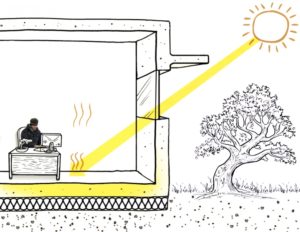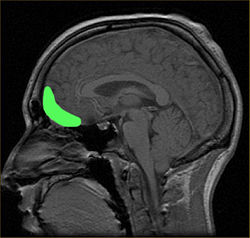- Clinical trials and total market:
- Getting patients for clinical trials is a major challenge for the industry
- There is new technology like this one that makes it more accessible
- Prime Access believes in Total Market approach to marketing – a more advanced, nuanced and complex approach to reaching diverse demographics.
- The post should argue for advancing technology that is built around cultural identity.
- Marketers will yield better results by involving the target consumer considering factors unique to their demographics.
- The post should contain data and anecdotes backing the assertions
Healthcare policy and structure has failed to adapt to the demographic shifting of a growing multicultural population.
- Multi cultural consumers of healthcare
- Cultural barriers in medication adherence
- Relationship between pharmacists and community
Relevant marketing content || Primary information resource on medication therapies.
Connect with patient on more trusted personal level.
- Understand cultural persons healthcare decisions and how they seek treatment.
- cultural and language barriers for latino patients with disease / chronic illness
fact]
_____
Cross Cultural healthcare marketing
- Cross cultural training and education
- Relevant materials for pharmacists and pharma students
Situation
- Hispanics prefer high-quality/high-touch healthcare interactions and a holistic approach to health.
- Desire and need for TO promote awareness on the cultural aspects that influence Hispanic patients’ health values, beliefs, behaviors, and expectations. Which translate to significant indicators of healthcare satisfaction.
- Hispanic patients tend to communicate with licensed pharmacist for symptoms and will receive medications based solely on that advice.
- Many Spanish countries offer medications without the need for a prescription (4)
[fiction
Problems
Racial and ethnic disparities disproportionately affect minorities in vital health categories [CDV, diabetes, asthma, and cancer].
- Factors include SES // Healthcare System // Cultural Background of population.
Current System is low-quality/low-touch and “siloed”.
- HS have transactional tone and heavy bureaucratization.
- Long waiting times for appointments (5).
- Cultural and linguistic barriers complicate symptom communication (?)
- Negative experience / reduce quality time with healthcare professionals
- No Incentives to provide quality // patient quality surveys
- Structural Barrier
- Transactional compensation system which pays physicians based on volume (counseling, diagnosis or dispensing prescriptions). Core patient care services are difficult to reimburse vs specialty care.
- Structural and clinical barriers lead to reduced comprehension of medical illnesses and treatment process à expected outcome.
- Financial reasons // negotiation difficulty // shortage of of family care physicians(9/10)
- No access to early information or treatment to mitigate early stage illnesses or prevent diseases.
- Expensive Late stage medicine /// Healthcare is expensive
23{fe5962ec0fb295614bb6182f4fde947ad2c11919a94d76609308b98cde13db82} report frustration during a doctor visit due to not getting the the desired information they were seeking
23{fe5962ec0fb295614bb6182f4fde947ad2c11919a94d76609308b98cde13db82} report confusion regarding the information they did get (8)
Solution
- Add strategies and value surrounding the physician / patient relationship
- This works because pharmacists have an expert knowledge but also
- Improve patient experiences
Increase collaboration between physicians nad pharmacists (in reviewing patient profiles)
___2015 WalGreens___
Phara (13)
- Patient counseling
- Diabetes education
- Behavioral intervention
- Risk-factor reduction
- Health promotion
- Regular examinations
- Medication use information
- Medication monitoring for
- Drug-to drug / drug-to-food
- Direct-to-consumer advertising
United Health “would cover these services at no charge to participants enrolled in employer provided health insurance plans”
Risks
Omit medication, miss appointments, visit EM for care. Disease preventon and management are difficult.
Opportunity
Strategy
Multicultural perspective on treatment, continuing education programs, cultural competence curricula.
Regular monitoring (4)
(pharm[a]s can monitor medication use and refill intervals and use this information to alert prescribe-rs and help identify at risk patients) i.e REPORTING TECH
- Family: include extended family in healthcare decisions
- Space Perception: Positive body language (tutorial videos)
- Spirituality – traditional healers
Understand language of presenting symptoms – culture bound syndrome – impact correct diagnosis
Prescribing medication with proper name plus anecdotal side effects and desired outcome
Informed replies on alternative / non traditional treatment types such as herbs and remedies – holistic treatment approach—
Strategies
Actionable solutions
Expert cultural guidance



